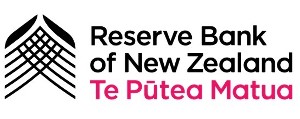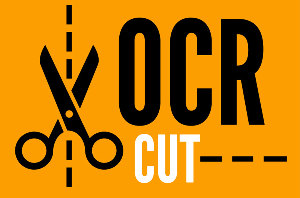
In its latest Property Focus report, the bank says it is not impossible the OCR will hit the 2007 rate of 8.25% as the RBNZ battled then to get inflation back into its target range of 1-3%.
“We don’t think the OCR will reach those lofty peaks this time around, but we certainly wouldn’t rule it out either,” Sharon Zollner, ANZ’s chief economist says.
The bank is forecasting two more 25 basis point OCR increases to provide the RBNZ with further confidence that high inflation is on the way out.
While these OCR increases will be painful for some households, especially those who took out large mortgages at low interest rates at the peak of the 2021 housing boom, the average household will still pay much less in interest costs as a proportion of their income than they did in 2007, she says.
Although predicting a 3% rise in house prices this year, Zollner says the bank certainly isn’t ruling out further house price falls from here, given a lot of the leading indicators are similar to where they were in 2022.
“While high interest rates mean those with mortgages have to pay more, and depress property prices by reducing the borrowing capacity of home buyers, they do squeeze excess inflation out of the economy, in part by reducing how much households spend on discretionary items – initially the indebted households, and
later those who find themselves with wobblier job security or reduced profits from their businesses.”
Data surprises
ANZ expects the OCR to go higher because no one data point has changed its view on the strength of inflationary pressures or where the OCR will go next.
Rather, Zollner says the RBNZ has had a series of small, but collectively meaningful data surprises since the November Monetary Policy Statement (MPS) that suggest inflationary pressures are a bit stronger than it anticipated – and could be increasing again.
“Looking more directly at inflation, the RBNZ has had a series of upwards surprises on domestically generated non-tradable inflation, which is likely to concern it. At this rate of decline it is likely to take far too long to sort out New Zealand’s embedded inflation problem.”
This matches the expectations of businesses in the ANZ Business Outlook.
About twice as many net firms are expecting to raise their prices in the next three months as tended to be the case when inflation was near 2%. And the expected size of those price increases hasn’t fallen for about six months.
These expected future price rises are likely to keep inflation high for some time yet, Zollner says. “It’s not that businesses are being greedy; their costs have skyrocketed and are still well above where they were pre-pandemic.”
While a higher OCR, and interest rates more broadly, will increase costs for businesses with debt in the short term, over the medium term tighter monetary policy will mean cost pressures are less acute as some firms cease passing on price increases due to weak demand. It’s not a pleasant fix, but it prevents the
economy from ending up in a situation where high and unpredictable inflation makes planning difficult and makes for arbitrary winners and losers.
Longer terms
With OCR hikes being predicted by ANZ, says many people are wondering is it worth fixing their mortgages for longer.
“We think it may be from the perspective of more certainty, particularly given the possibility that we may see mortgage rates rise if wholesale market interest rates lift following a hike,” Zollner says.
“But equally, we are confident that a hike now would bring inflation back to target sooner, paving the way for cuts in 2025 with greater certainty as policy settings re-normalise.”
She says terms of 12-18 months are likely to provide protection during that period, whereas a shorter term like six months may not.
Longer terms like two to three years are cheaper and may suit borrowers looking to stagger their fixed terms, but they may expire after rates start falling again.




